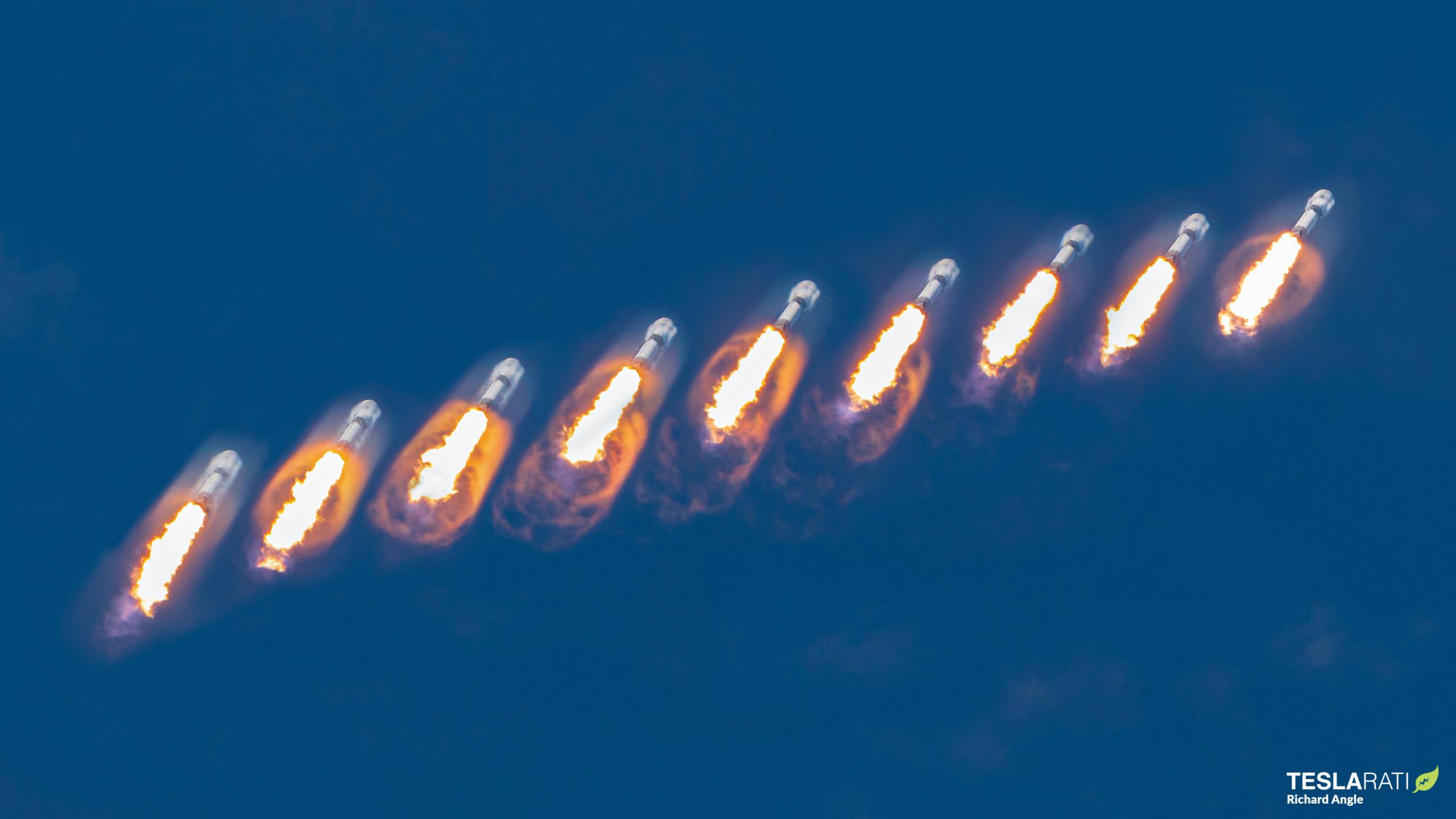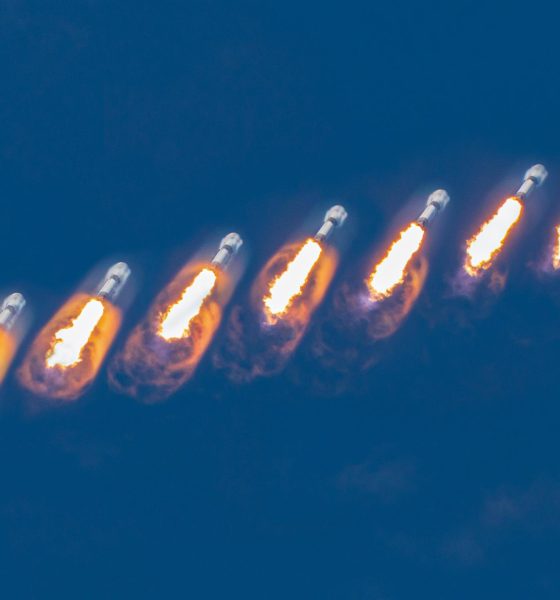In a rare victory for international launch competition, SpaceX has snagged a contract to launch an Italian Earth observation satellite from European launch monopoly and political heavyweight Arianespace.
After spending the better part of a decade treading water as SpaceX’s Falcon 9 rocket came to dominate the global launch market, Arianespace has become increasingly reliant on European Space Agency (ESA) and European Union (EU) agreements that require signatories to launch domestic satellites and spacecraft on the Ariane 5, Ariane 6, and Italian Vega rockets. Save for a few slow-moving technology development programs that have yet to bear any actionable fruit, the company – heavily subsidized by the European Union – has almost completely failed to face the threat posed by SpaceX head-on by prioritizing the development of rockets that can actually compete with Falcon 9 and Falcon Heavy on cost, performance, and availability.
Instead, over the last five or so years, Arianespace and the European Space Agency have increasingly pursued political agreements and legislation that commit member states to only fly payloads on Ariane 5, Ariane 6, and Vega rockets if at all possible.
A recent development offers the best look yet at what many European space agencies likely suffer through as a consequence of their governments signing away access to an increasingly competitive launch industry – often seemingly in return for Arianespace selecting contractors or (re)locating development hubs or factories in certain countries. Notably, sometime in September 2021, the Italian Space Agency (ASI) confirmed signs that it was moving the launch of its COSMO SkyMed CSG-2 Earth observation satellite from a new Arianespace rocket to SpaceX’s Falcon 9.
“The second COSMO SkyMed Second Generation satellite (CSG-2) was planned to be launched with VEGA-C within 2021, but the launcher development has been impacted by the VV15 and VV17 failures and, above all, by the COVID pandemic. The delays, postponing the VEGA-C Maiden Flight to Q1 2022, with a consequent tight schedule of launches in 2022, made the launch period of CSG-2 no longer compatible with the needs of the COSMO Mission. Since Arianespace backlog was already full on Soyuz and Ariane systems in 2021, it was not possible to have a European backup solution compliant with the CSG-2 schedule, thus an alternative solution with the US provider SPACE X has been adopted allowing to keep the CSG-2 launch within the current year. In line with its long-lasting support ensured to the European launch industry, ASI confirmed its trust in Arianespace and VEGA-C capabilities by contracting the launch of the CSG-3 satellite, planned for 2024. Moreover, other future launch opportunities for ASI missions with VEGA-C are under discussion, confirming Arianespace as a key partner for the Agency.“
Italian Space Agency (ASI) – September 2021
Weighing around 2.2 tons (~4900 lb), SkyMed CSG-2 is the second of four synthetic aperture radar (SAR) satellites designed to “[observe] Earth from space, meter by meter, day and night, in any weather conditions, to help predict landslides and floods, coordinate relief efforts in case of earthquakes or fires, [and] check crisis areas.” Primarily focused on the Mediterranean, the nature of sun-synchronous orbits (SSOs) nevertheless give SkyMed satellites views of most of the Earth’s surface every day.
SkyMed CSG-1 debuted on an Arianespace Soyuz rocket in December 2019, while CSG-2 was originally scheduled to launch sometime in 2021 on one of the first Arianespace Vega-C rockets. However, in July 2019 and November 2020, the Vega rocket Vega-C is based on suffered two launch failures separated by just a single success. Aside from raising major questions about operator Arianespace and Vega manufacturer Avio’s quality assurance, those near-back-to-back failures also delayed Vega’s launch manifest by years. Combined with limited launch cadence and a jam-packed manifest for Arianespace’s other rockets, that meant that Italy would have likely had to wait 1-2 years to launch SkyMed CSG-2 on a European or Italian-made rocket.
Apparently valuing a timely, affordable launch more than the path of least political resistance, the Italian Space Agency chose to remanifest the second SkyMed satellite on a SpaceX Falcon 9 rocket scheduled to launch no earlier than November 2021. However, based on ASI’s explanation of the move in the quote above, the space agency clearly felt a need to very carefully explain its decision while also repeatedly (and almost fearfully so) signaling its unwavering “trust” in and dedication to “key partner” Arianespace.
That part of the Italian Space Agency’s statement appeared to be a rather distinct reassertion of fealty to Arianespace is made even more unusual by the fact that the Vega rocket SkyMed CSG-2 was meant to fly on is mainly built in Italy by aerospace company Avio – independently owned but a major Arianespace supplier. Further, ASI directing the apologetic portion of its explanation to Arianespace is no less odd given that Arianespace is a private company theoretically independent of space agencies, while moving from Vega to Falcon 9 primarily impacts Avio more than Arianespace and risks raising the ire of Vega development partner ESA. Even further still, ASI itself – not ESA, Avio, or Arianespace – is the source of a majority of Vega development funding over the last decade and a half.
Regardless, at the simplest level, there are clear motivating factors for a space agency primarily funding the development of a certain launch vehicle to want to fly its own payloads on said self-funded rocket. However, after likely taking things a step further and encouraging ESA and the EU to commit to launching as many payloads as possible on its ESA-approved Vega rocket, the Italian Space Agency itself is now discovering the downsides of pushing for political arrangements beneficial to domestic industries while being forced to figure out just how politically viable it is to pursue non-European launch alternatives. There might be a small chance that Italy’s brief taste of freedom to use rockets other than Vega and Ariane 5/6 could encourage other EU members to push back and fight for access to cheaper, more reliable launches. However, it looks far more likely that SkyMed CSG-2 will be a rare outlier for years to come.

News
Tesla CEO Elon Musk outlines expectations for Cybercab production
“…initial production is always very slow and follows an S-curve. The speed of production ramp is inversely proportionate to how many new parts and steps there are. For Cybercab and Optimus, almost everything is new, so the early production rate will be agonizingly slow, but eventually end up being insanely fast.”
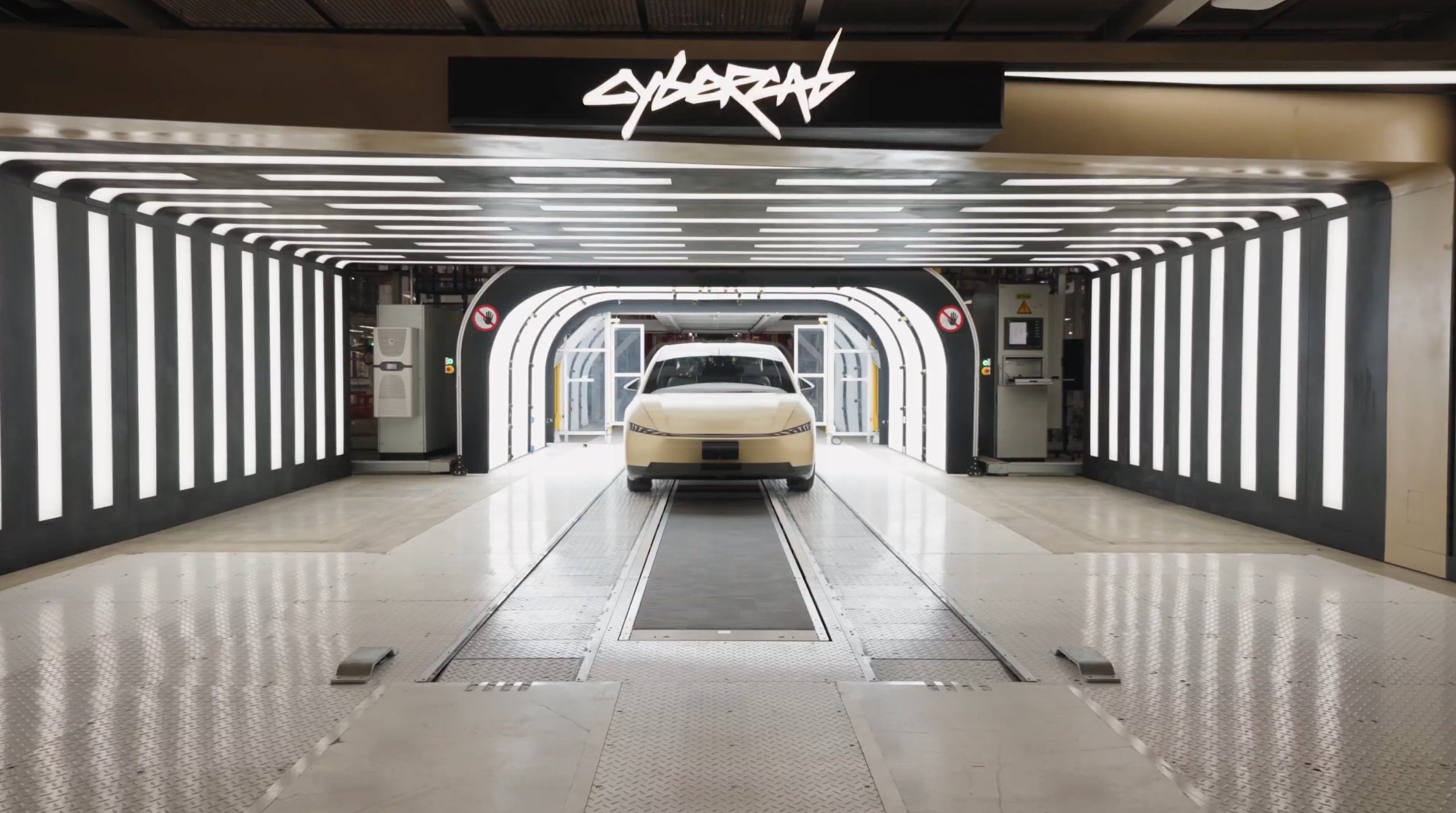
Tesla CEO Elon Musk outlined expectations for Cybercab production as the vehicle is officially set to start rolling off manufacturing lines at the company’s Giga Texas factory in less than 100 days.
Cybercab is specifically designed and catered to Tesla’s self-driving platform and Robotaxi ride-hailing service. The company has been pushing hard to meet its self-set expectations for rolling out an effective self-driving suite, and with the Cybercab coming in under 100 days, it now needs to push for Unsupervised Self-Driving in the same time frame.
Tesla CEO Elon Musk confirms Robotaxi is set to go unsupervised
This is especially pertinent because the Cybercab is expected to be built without a steering wheel or pedals, and although some executives have said they would build the car with those things if it were necessary.
However, Musk has maintained that the Cybercab will not have either of those things: it will have two seats and a screen, and that’s it.
With production scheduled for less than 100 days, Musk broke down what people should expect from the initial manufacturing phases, being cautiously optimistic about what the early stages will likely entail:
“…initial production is always very slow and follows an S-curve. The speed of production ramp is inversely proportionate to how many new parts and steps there are. For Cybercab and Optimus, almost everything is new, so the early production rate will be agonizingly slow, but eventually end up being insanely fast.”
Musk knows better than most about the challenges of ramping up production of vehicles. With the Model 3, Musk routinely refers to it as “production hell.” The Cybertruck, because of its polarizing design and stainless steel exterior, also presented challenges to Tesla.
With the important caveat that initial production is always very slow and follows an S-curve.
The speed of the production ramp is inversely proportionate to how many new parts and steps there are.
For Cybercab and Optimus, almost everything is new, so the early production…
— Elon Musk (@elonmusk) January 20, 2026
The Cybercab definitely presents an easier production process for Tesla, and the company plans to build millions of units per year.
Musk said back in October 2024:
“We’re aiming for at least 2 million units a year of Cybercab. That will be in more than one factory, but I think it’s at least 2 million units a year, maybe 4 million ultimately.”
When April comes, we will find out exactly how things will move forward with Cybercab production.
News
Tesla reveals awesome Model 3 and Model Y incentive, but it’s ending soon
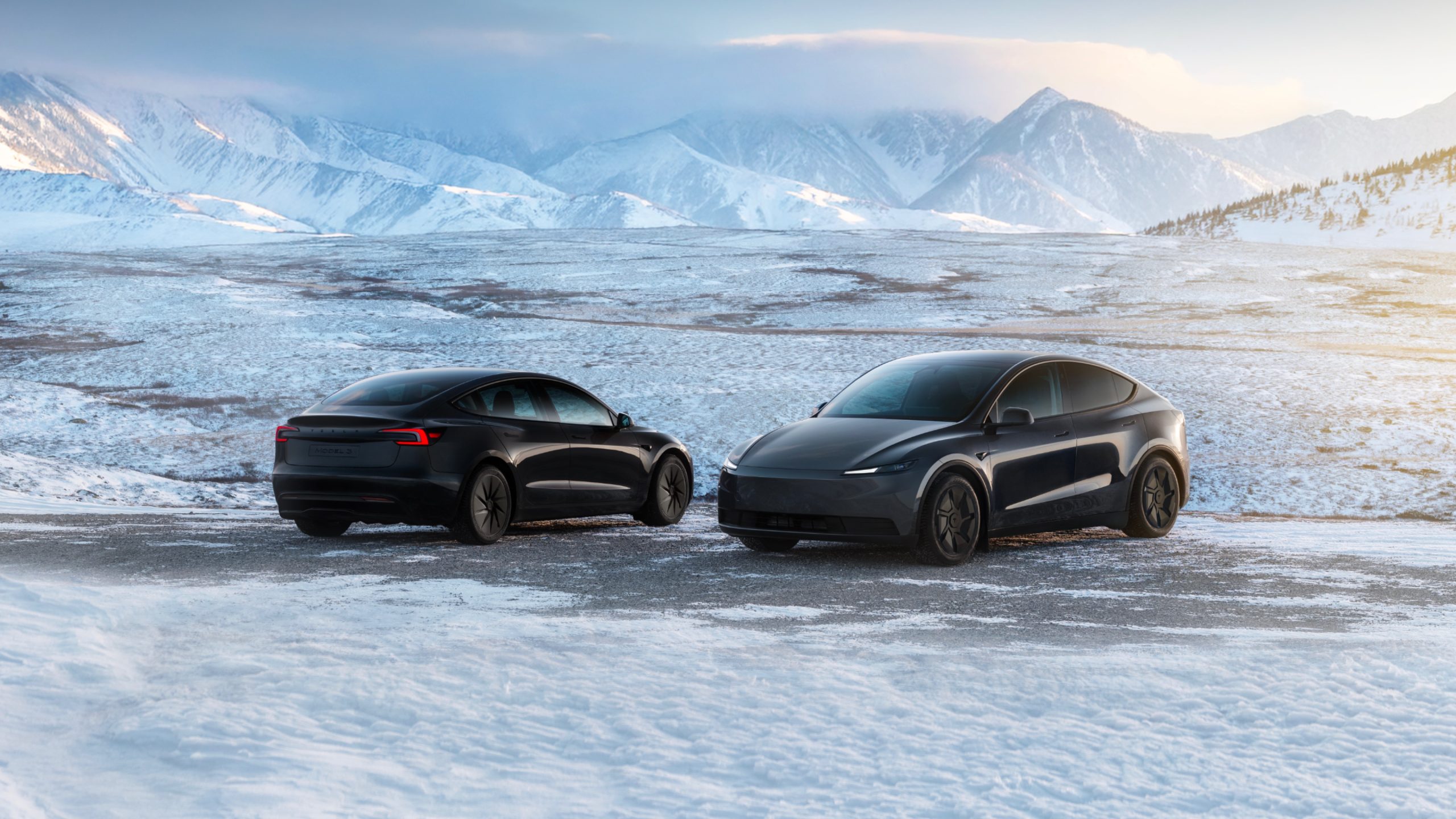
Tesla has revealed an awesome Model 3 and Model Y incentive to help consumers make the jump to one of its affordable mass-market vehicles, but it’s ending soon.
Tesla is offering one free upgrade on eligible inventory of the Model 3 and Model Y until February 2.
This would help buyers receive the most expensive paid option on the vehicle at no additional cost, meaning white interior or a more premium paint option will be free of charge if you take delivery on or before February 2.
Tesla states on its website for the offer:
“Only for limited inventory while supplies last. Price displayed on inventory listings already deducts the cost of the free option.”
Tesla says its one free upgrade offer on eligible U.S. inventory for the Model 3 and Model Y ends February 2.
With this incentive, buyers receive the most expensive paid option on the vehicle at no additional cost (up to $2k in savings). pic.twitter.com/IhoiURrsDI
— Sawyer Merritt (@SawyerMerritt) January 21, 2026
This latest incentive is just another advantage Tesla has by selling its vehicles directly and not using some sort of dealership model that relies on approvals from higher-ups. It is important to note that these programs are offered to help stimulate demand and push vehicles into customers’ hands.
It is not the only incentive Tesla is currently offering, either. In fact, there is a much larger incentive program that Tesla is working on, and it has to do with Full Self-Driving transfers, which could result in even more sales for the company through Q1.
Tesla is ending its FSD Transfer program on March 31, as it plans to transition to a Subscription-only basis with the self-driving suite for anyone who has not already purchased it outright.
This could help drive some on-the-fence buyers to new vehicles, but it remains to be seen. Given the timing of the program’s demise, it appears Tesla is hoping to use it to add additional sales and bolster a strong Q1 2026.
Interior and exterior paint colors can add up to $2,000 if you choose the most premium Ultra Red body color, or an additional $1,000 for the Black and White interior option. The discount, while small, could help get someone their preferred design configuration, instead of settling for something that is not quite what they want.
News
Tesla Full Self-Driving gets outrageous insurance offer with insanely cheap rates
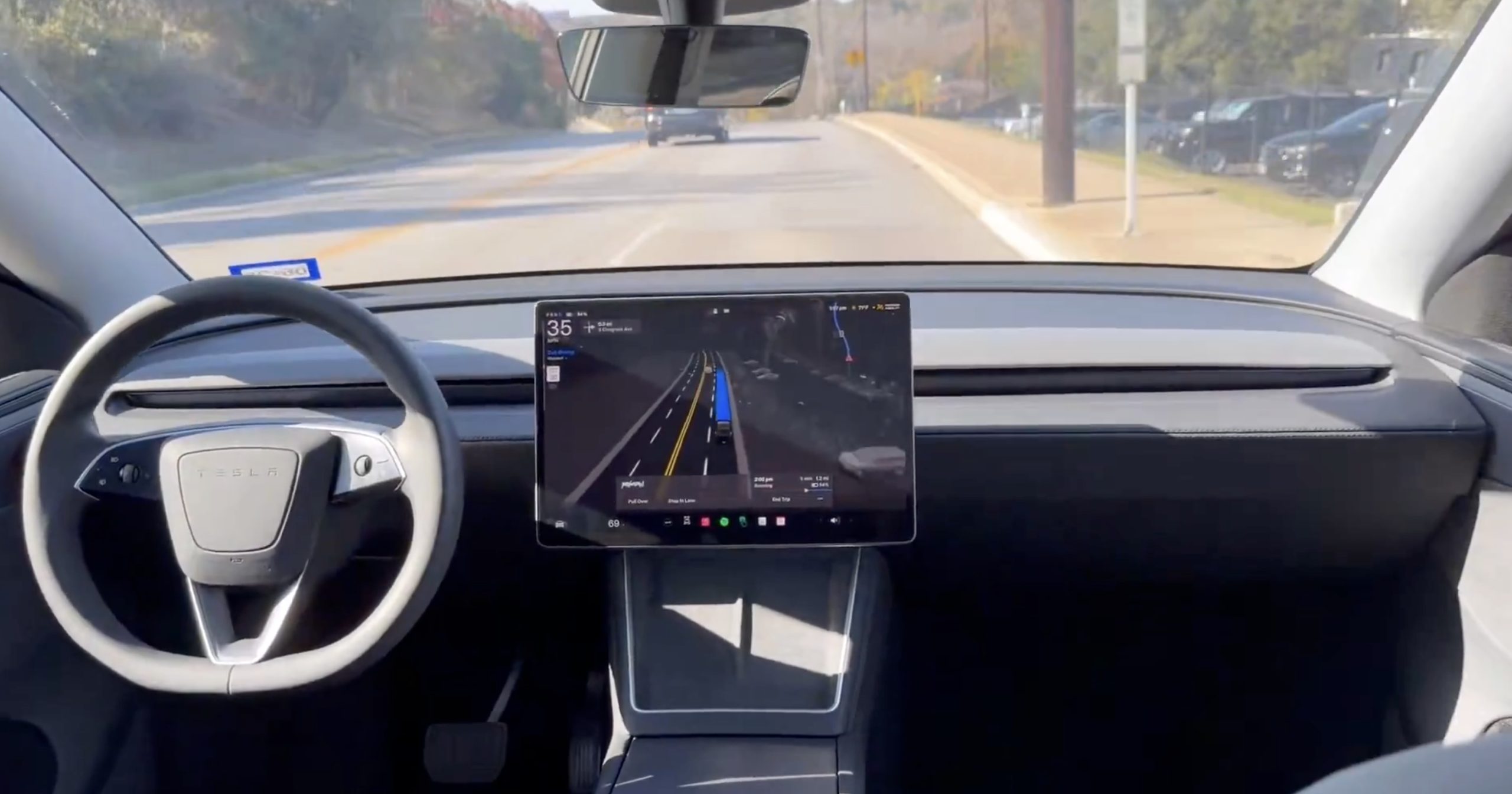
Tesla Full Self-Driving is getting an outrageous insurance offer with insanely cheap rates that will slash the cost of coverage by 50 percent.
Lemonade, a digital insurance company, has launched its first-of-a-kind product known as Lemonade Autonomous Car Insurance, and it is starting with an exclusive offer to FSD. The new offer will cut rates for FSD-engaged driving by “approximately 50 percent,” highlighting the data that shows a significantly safer driving environment when the suite is activated and engaged.
The company also said it plans to introduce even cheaper rates as Tesla continues to release more advanced FSD versions through software updates. Tesla has been releasing new FSD versions every few weeks, highlighting vast improvements for those who have the latest AI4 chip.
The announcement comes just a few months afterLemonade Co-Founder and President Shai Wininger said that he wanted to insure FSD vehicles for “almost free.” He said that Tesla’s API complemented Lemonade’s AI-based platform because it provides “richer and more accurate driving behavior data than traditional UBI devices.”
Tesla Full Self-Driving gets an offer to be insured for ‘almost free’
In mid-December, Lemonade then offered Tesla owners in California, Oregon, and Arizona the opportunity to connect their vehicles directly to the company’s app, which would provide a direct connection and would require a separate telematics device, which is required with other insurance providers who offer rates based on driving behaviors.
This latest development between Lemonade and Tesla is something that Wininger believes will be different because of the advanced nature of FSD:
“Traditional insurers treat a Tesla like any other car, and AI like any other driver. But a car that sees 360 degrees, never gets drowsy, and reacts in milliseconds can’t be compared to a human.”
He went on to say that the existing pay-per-mile product has given the company something that no traditional insurer has been able to offer. This comes through Lemonade’s “unique tech stack designed to collect massive amounts of real driving data for precise, dynamic pricing.”
The reputation FSD has gathered over the past few years is really impressive. Wininger backed this with some more compliments:
“Teslas driven with FSD are involved in far fewer accidents. By connecting to the Tesla onboard computer, our models are able to ingest incredibly nuanced sensor data that lets us price our insurance with higher precision than ever before.”
The product will begin its official rollout in Arizona on January 26. Oregon will get it a month later.
